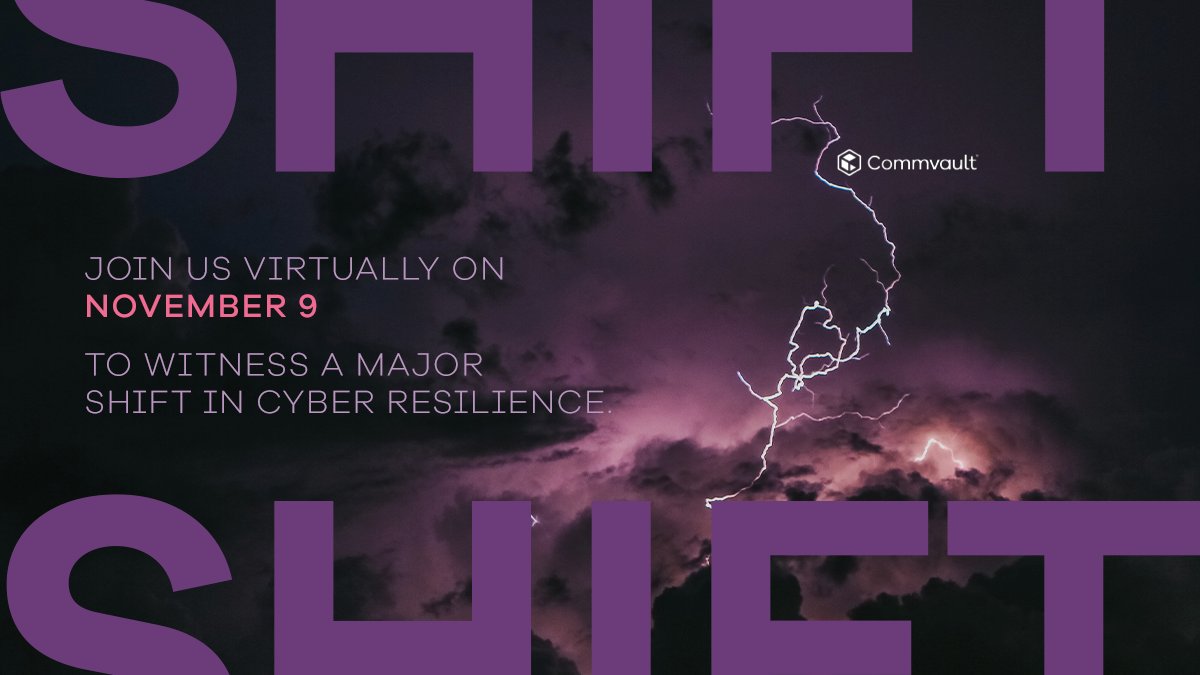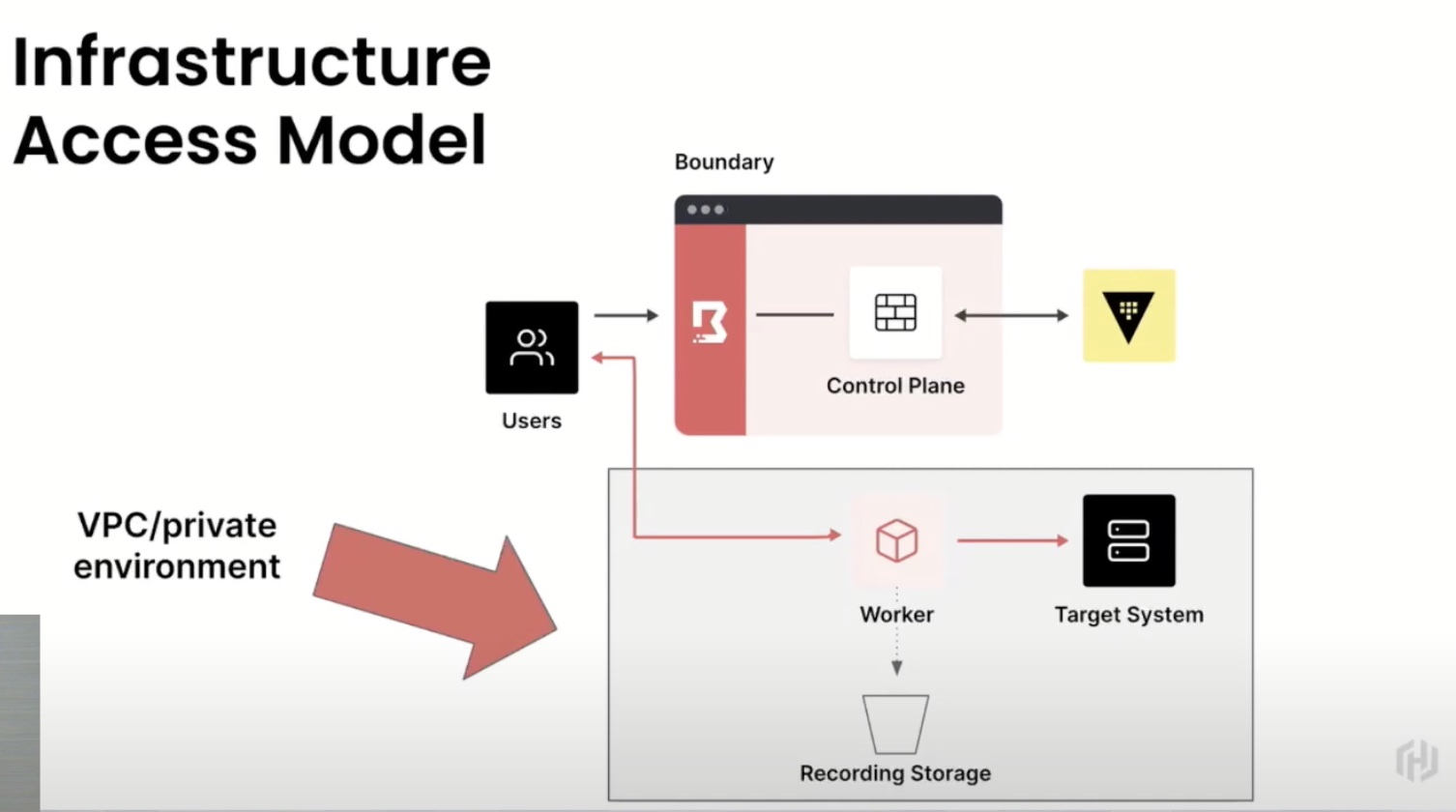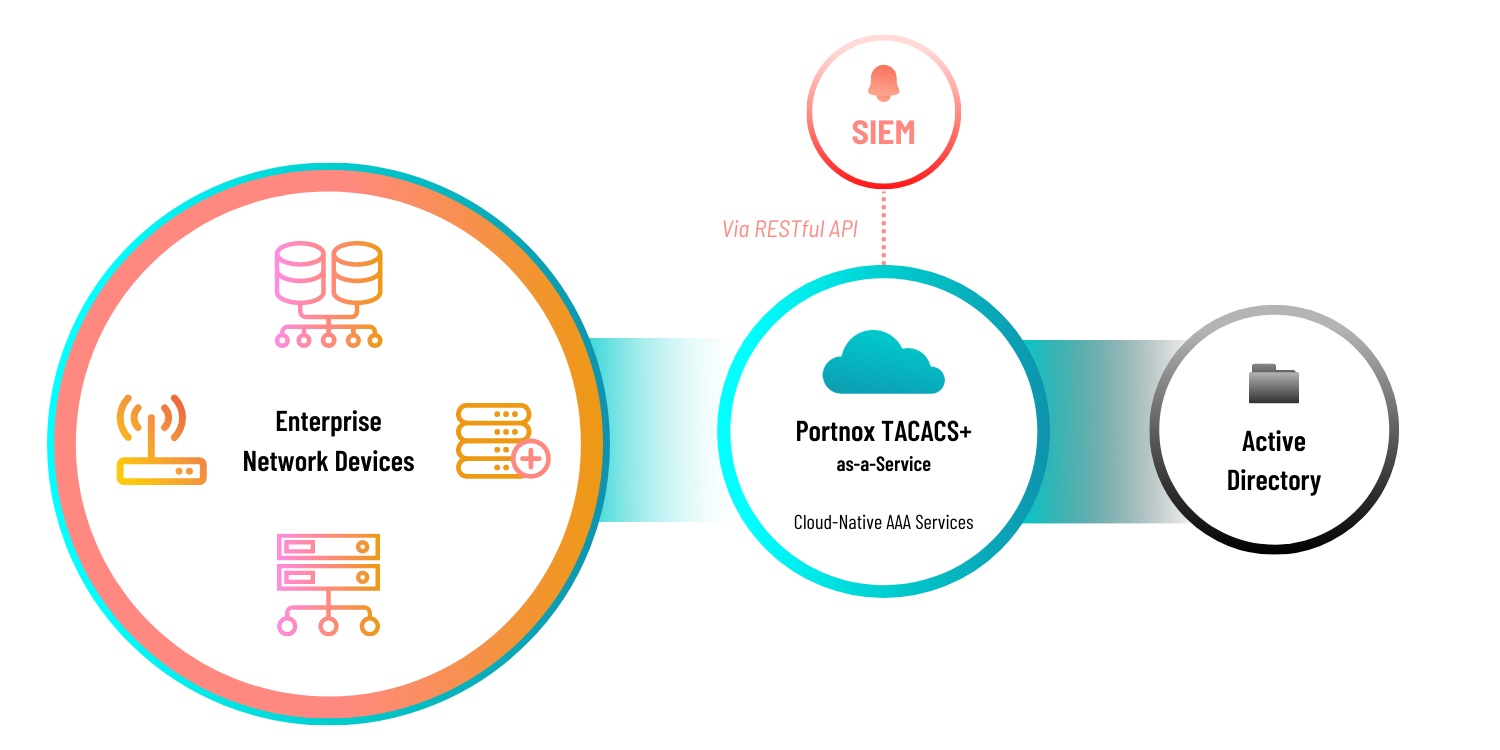I try and avoid licensing at all costs, it’s a horrible subject and one that strikes fear in to many. When you add virtualisation in to the mix it tends to get a little more complicated and you often find that the rules change on a reasonably regular basis. I was involved in a discussion today about Citrix XenDesktop and an interesting point came up when discussing licensing Virtual PCs. Someone mentioned something called the Microsoft VDA, I hadn’t a clue what they were talking about so I did a little digging around to find out more.
In summary this is what I found, it’s not pretty reading. As of the 1st of July 2010 Microsoft is changing the way it licences the Windows OS in VDI environments. The following changes will take place
Windows ® Virtual Enterprise Centralized Desktop (Windows VECD) and Windows VECD for Software Assurance (SA) will no longer appear on the price list.
Virtual desktop access rights will become a Windows Client Software Assurance benefit. Customers who intend on using PCs covered under SA will now be able to access their Virtual Desktop Infrastructure (VDI) desktops at no additional charge.
Customers who want to use devices such as thin clients that do not qualify for Windows Client SA would need to license those devices with a new license called Windows Virtual Desktop Access (Windows VDA) to be able to access a Windows VDI desktop.Windows VDA is also applicable to third party devices, such as contractor or employee-owned PCs.
What does it all mean?
In it’s simplest terms you don’t licence the windows virtual machine itself, you instead licence the end point its being accessed from. To further break this down there are two distinct endpoint categories to consider.
- The end point is a Windows OS covered by Software Assurance (SA)
- The end point is a non windows device or is a windows device without SA
In the first category you are covered to access a windows virtual machine as Virtual Desktop Access (VDA) is included as a Software Assurance benefit. In the second category however you need to purchase a VDA subscriptions for each end point device. Unfortunately this is not a one off purchase either, this is a $100 per year per device subscription cost.
As an example, say you have a sales person who uses a company laptop and a company smart phone to access their VDI virtual machine. You would need to have the laptop installed with a software assured copy of windows and buy a VDA subscription for the smart phone. Alternatively if you have a non SA copy of windows on the laptop you need 2 VDA subscription licences to cover both devices. This latter example would obviously be the same if the laptop was MAC OS or Linux based.
There is some good news though in that Microsoft have something called extended roaming rights with the windows VDA licence. In short the primary user of a VDA licensed device can access their VDI desktop from any device that is not owned by the users company. Examples would be a users home PC, airport kiosk or hotel business centre
There is a lot to take in with licensing, especially in the VDI space. I suggest everyone running or planning to deploy VDI takes a look at the recent changes and considers how they effect existing or planned deployments. Some people will see this as Microsoft stifling the growth of Virtual Desktop Infrastructure, others will argue that it may actually acts as an enabler. In truth I’m just not sure. I’m still digesting what it all means and playing through the various scenarios and combinations of VDI access. On the surface I can see it hindering as opposed to helping this growing virtualisation sector.
Additional Information
For additional information I’d recommend checking out the following Microsoft FAQ article and for those of you who are Gartner customers the linked article below breaks it down quite nicely into simple terms.




